SureFire SOCOM-4 Series—A New Fighting Suppressor
Fountain Valley, CA—SureFire, LLC, manufacturer of the world’s finest—and most innovative—illumination tools and…
Fountain Valley, CA—SureFire, LLC, manufacturer of the world’s finest—and most innovative—illumination tools and…
Shinenyx—creators of a cutting-edge fusion of digital night vision and thermal imaging technology—has…
German Precision Optics’ Passion APO is a high-performance compact spotting scope designed and…
The Mod-Navy Qual I’ve been doing this qual (or drill, or whatever the current nom…
• Built for road trips and off-road use• Manual transmission equipped• Wrapped in MultiCam Arctic…
I designed the Button Man to give shooters a low-round-count, low-light-engagement drill that involved both…
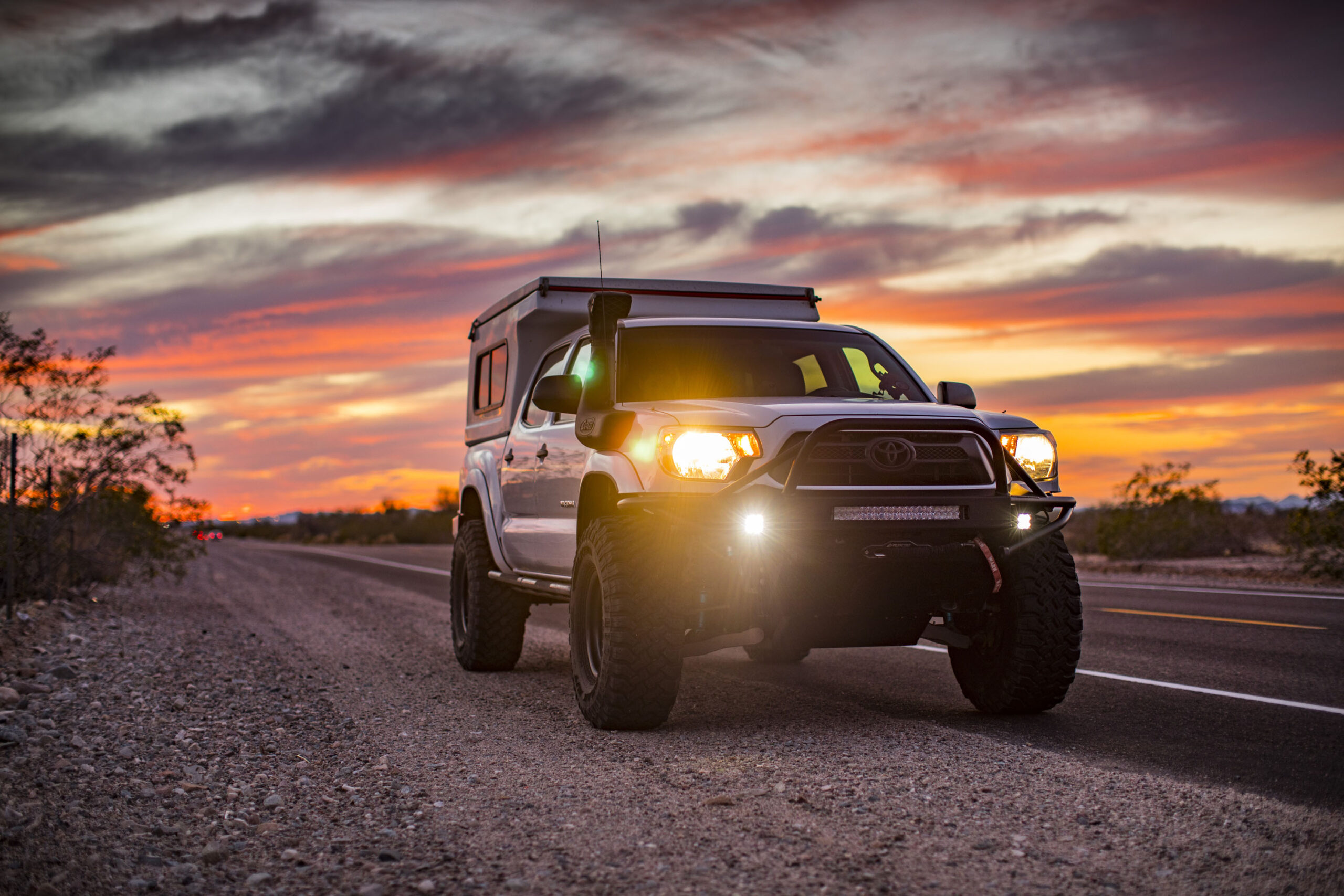
Have you ever wanted to just bust out of work after a hectic workweek and hit the open road to do some exploring, far away from civilization as you know it? That’s exactly what Jim and Olivia did. Seeking both decompression from a stressful week and the excitement of a new adventure, the two set out to the extreme south end of Arizona, a place that neither had yet experienced.
Although not a lot of time was spent planning the trip because of work, Jim was able to take off on a Thursday afternoon to cram in some planning and prepping and make an early Friday morning start from their home in Santa Barbara, California. The first stop on the nearly 800-mile round trip expedition would be El Cajon, California. Then, after visiting friends, Jim and Olivia hopped on I-8 and headed east.
The trip in Jim’s own words.
“I didn’t know the area at all but found some 4×4 trails on my topo maps with some cool-looking topography, so we headed that direction. After searching the trails and it being almost dark, we found a great spot that had a fire ring, but it looked as though no one had been back there in quite some time. We set up camp, cooked some dinner, and relaxed by the fire, watching shooting stars and constellations. There was no moon that night so we could see everything perfectly.
“The next morning we explored our surrounding area, which proved to be pretty interesting. I knew there was a prospect mine at the end of the wash, but we found that there used to be a structure just across with us that was littered with old cans and artifacts from a lifetime ago. We had no schedule, so we packed up and headed east toward Yuma, stopping at a rather well-known hot spring which we thought we might take a dip in. It ended up being so packed that we decided to keep trekking.
“We stopped in Yuma for gas and to grab lunch in the Old Town, where we ended up walking around and checking out the area for a little longer than we should have; this is what caused us to get to camp way too late. After that we hit the road, with it approaching evening and us still being three or so hours away from where we’d planned on camping.
“Since we didn’t find a good camp spot, we figured we’d just get the driving over with and head toward Organ Pipe that night and get to camp late. This is where the problem really started. Once we got into Organ Pipe, we weren’t able to find any dispersed camping because when researching the area I misunderstood their definition of backcountry camping. It really means you have to park your car along the road and hike half a mile off the road, which doesn’t really work when you want to sleep in your camper. So we ended up in a campground, which I can’t stand, but I just wanted to get out of the truck and relax. After a good night’s rest, we woke up and made a delicious breakfast to get us ready for the long day ahead.
“Organ Pipe is a very special place, but you have to set your expectations. I can’t stand national parks and monuments for the most part because I hate crowds and tourist traps. That said, Organ Pipe is not like that in all areas. There are spots at the monument where you will find yourself shoulder to shoulder with other people, but there are also super-remote areas where you will be totally alone. We opted to do one of the more well-known routes called Ajo Mountain Road before heading off into the more remote parts of the park.
“Despite the name, Organ Pipe National Monument it is also home to the largest cactus species in the United States, the saguaro. Saguaros can grow to more than 40 feet tall, with the largest one ever recorded at a whopping 78 feet. It can take up to 75 years for them to grow their first ‘arm,’ and some may never grow any arms at all. They’re all unique, and if you haven’t been down to see them I highly recommend you do. The second most well-known cactus is the organ pipe, which is the second-largest cactus here in the States and has a much different shape—they get their name seeing as they can resemble the pipes behind an organ. There are some very impressive examples of both cacti along with many others along this drive.
“After the drive through Ajo to see the Double Arch, we headed toward the more remote section of the park along a series of 4×4 trails that take you south and west across the park and then back out through the north. Along this route you’ll see a lot of really amazing scenery, mines and old cattle camps.
“The area is vast and the terrain varies quite a bit. We continued north toward the edge of the monument, where we were to camp on BLM land, and stopped at a few more cattle camps and ranches. One that stood out to us was Bates Well Ranch, which was founded in 1935 by the Gray family and was operated and developed by Henry Gray until he died in 1976. The Gray family started ranching here before the park was ever established, and they were allowed to continue to do so. The ranch houses are still mainly untouched, and you are able to walk around and get a taste of a lifestyle long lost.
“It wasn’t all fun and games that night. The wind picked up to nearly 40 miles per hour, which was causing our Flippac tent poles to bend and made it nearly impossible to sleep. We had to make a game-time decision and ended up agreeing we should just pack up and find somewhere less windy. Luckily, the Flippac only takes a couple of minutes to go from sleeping to driving, so we got on the road and went to search out calmer climes. We pulled off the 10 and found a good spot to get a few hours of sleep. We woke up in a pretty cool area and ended up driving some trails around there, marking off good camp spots because we definitely will be going back.
“After a couple hours of exploring, we decided it was time to head toward home—but we had one more stop to make. This is one of our favorite areas and we visit it often; it’s full of mines and petroglyphs. We stopped by to make lunch and hike around a bit before making the long drive home.”
Jim and Olivia found an ideal way to get away from it all. The trip from Santa Barbara to Yuma and back took a total of four nights and five days to complete and sounds as fun as it looks. Jim says that although he wasn’t able to four-wheel as much as he wanted to, not all trips are about hitting trails as much as they are about just getting outside and enjoying this beautiful country we have.
Text and Images by Jim Barnett
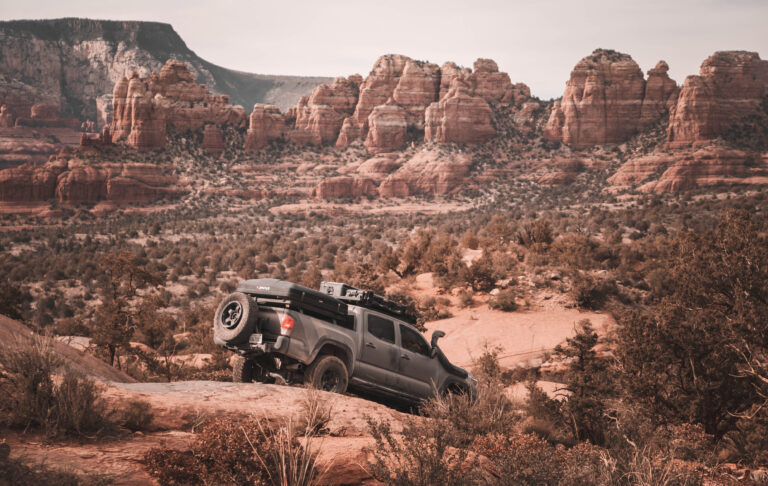
Many people dream of leaving their careers to pursue their true passions, but most never take the leap. As for George Fernandez, he followed his heart and found…
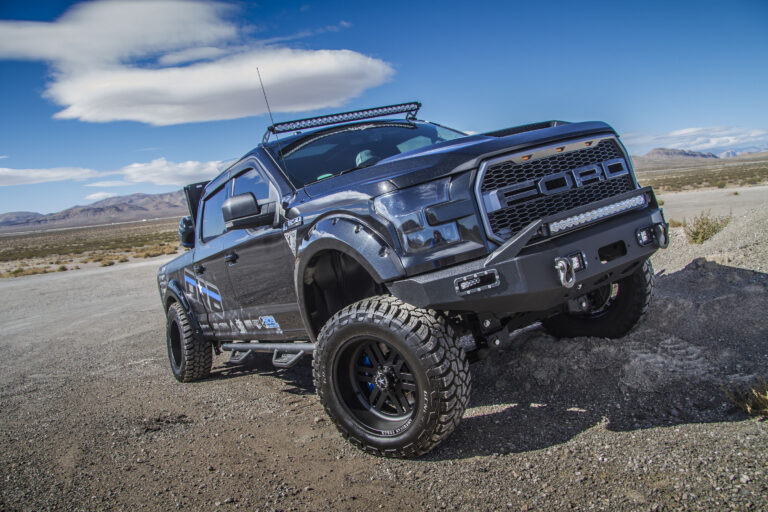
• Customized F-150 and motorcycle • Built as a platform to draw attention to PTSD • Driving/riding from Washington to Virginia to support ptsdfoundation.org The F-150 you see…
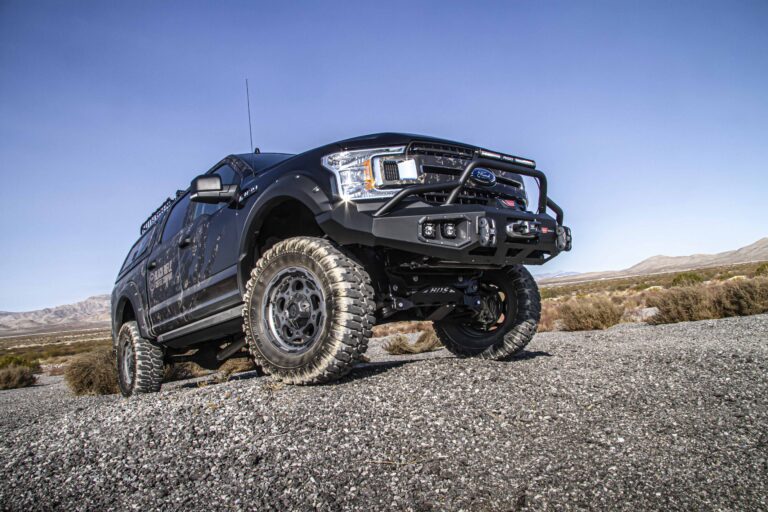
The Specialty Equipment Market Association Show—SEMA for short—is the world’s largest automotive aftermarket tradeshow. The annual industry-only event takes place in Las Vegas, where it encompasses the entire…
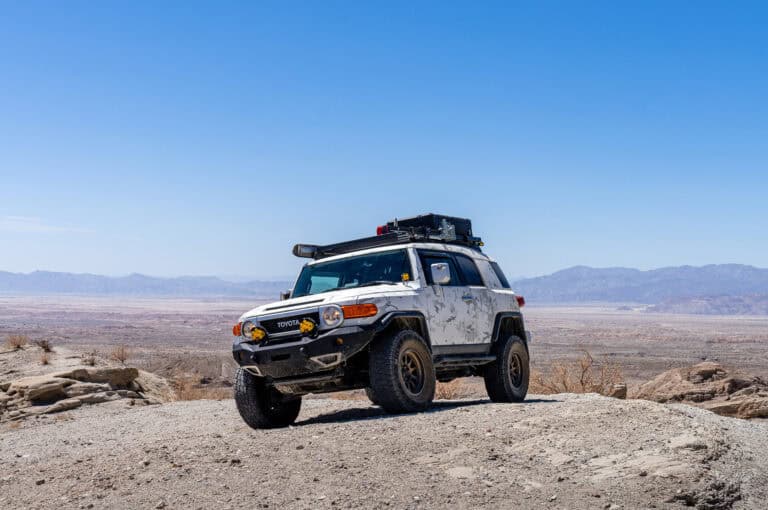
• Built for road trips and off-road use• Manual transmission equipped• Wrapped in MultiCam Arctic For my entire driving life, I’ve only ever owned compact sports coupes, and…
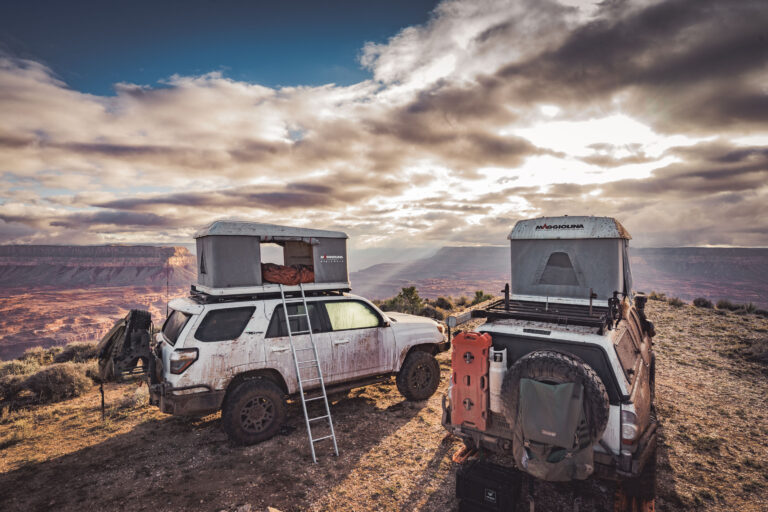
A Journey Through the North Rim of the Grand Canyon Exploration of the North Rim of the Grand Canyon 8 days, 500 miles Weather conditions: heavy winds, rain,…
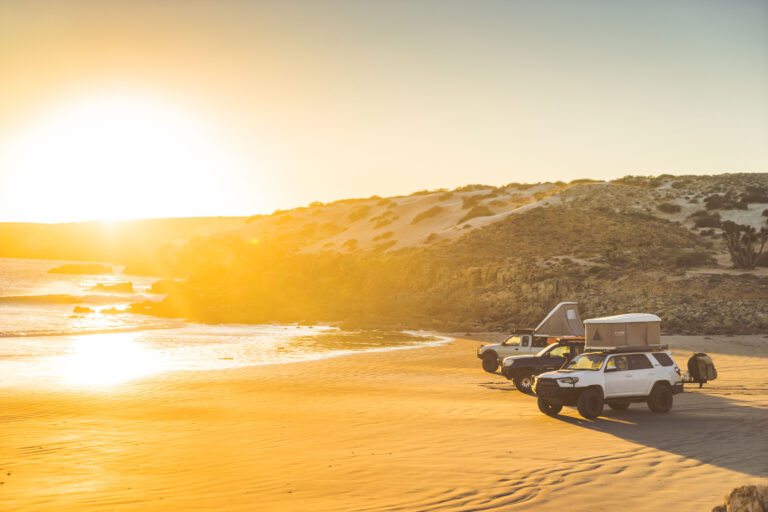
51st SCORE Baja 1000 807-mile loop race course Location: Baja California Peninsula The unmistakable notes of a high-strung motor being pegged at full throttle jolted me awake. I…
© 2025 UN12 Magazine
© 2025 UN12 Magazine
Wait! Don’t forget to